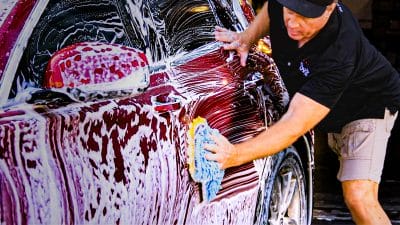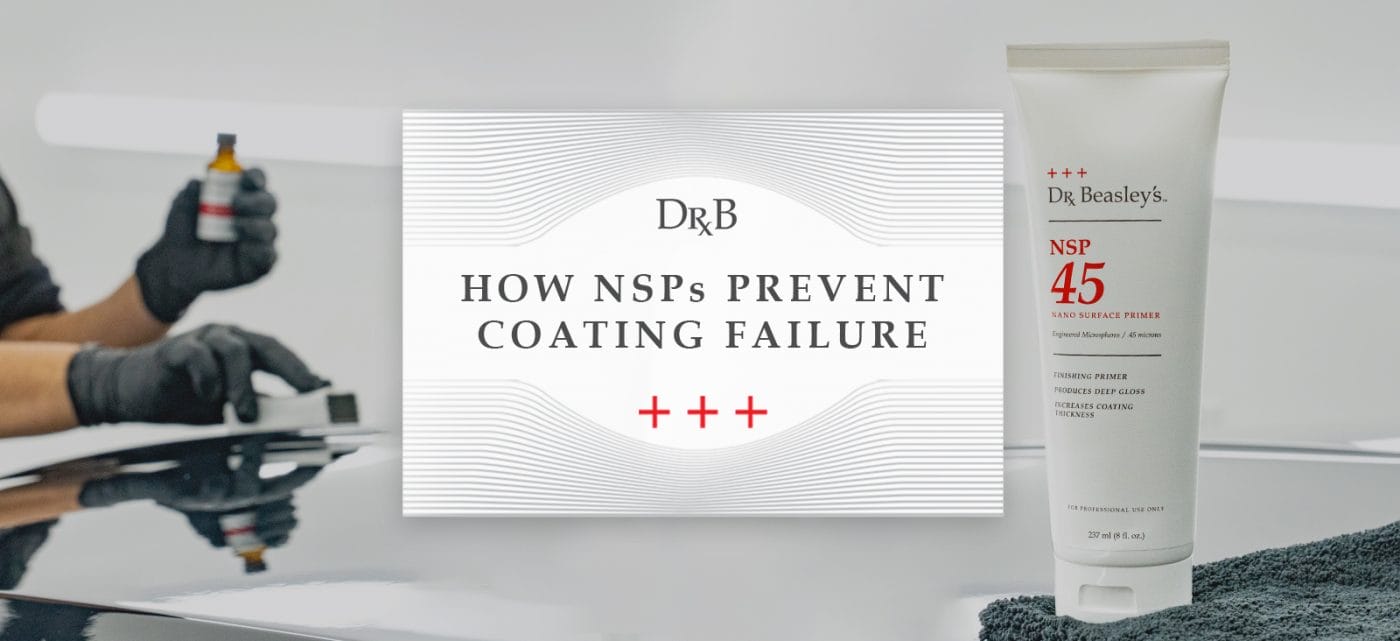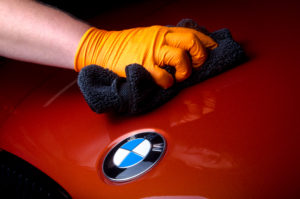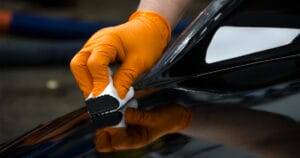Last Updated April 29, 2022
Coating failure — it’s the term no detailer wants to hear, but a term they do need to understand. Coating failure is when a ceramic coating prematurely loses its bond with the clear coat, resulting in a loss of adhesion. For enthusiasts, it can mean losing protection without knowing it. For professionals, it means dissatisfied customers and a possible hit to your reputation. Why does coating failure happen? How do you prevent it? In this article, we’ll answer those questions and more.
Causes of Coating Failure
There are two primary causes of coating failure:
- Application to an unstable paint surface
- Destabilization during the curing process.
Basically, we’re talking about coating bond disruptions happening both in application and in curing. Let’s start by breaking down what surface instability is and why it causes coating failure.
Why Surface Instability Makes Coatings D.O.A.
In order for a ceramic coating like Nano-Resin MX to form a crosslink bond with the clear coat, the paintwork in question must be stable enough for the bond to fully form. So what makes a surface stable or unstable? It essentially comes down to how clean the surface is.
If you’re using conventional polishes and compounds to correct a paint surface, there’s a good chance there are silicone oils, waxes and other organic materials littering the paint, as we’ve mentioned in past articles. This creates a highly unstable paint surface. Because organic materials degrade easily, they’re a hyper-unstable surface to crosslink with.
Think about it. If a coating is crosslinked with a surface that’s riddled with unstable organic material, the bond will be lost once the material degrades. It’s for this reason you never want to put a durable ceramic coating over a temporary carnauba wax — you lose the wax, you lose the coating.
Now, some might argue this issue is solved with the use of IPA solutions and other panel wipes. Not quite. These solutions remove organic material, yes, but they don’t do it perfectly. They’ll often get rid of some material but redeposit the rest.
What if your polish or compound is free of organic material? That’s great, but the surface will still be susceptible to organic contamination between the correction and protection steps. Again, you can try to remove these contaminants, but your cleaning will always be imperfect. So how do you get to perfect?
Nano Surface Primers & Perfect Cleaning
The new Nano Surface Primers are what make perfect cleaning possible, and therefore the most durable coating bond. Here’s why:
- No organic material in NSP formulations
- All NSPs contain no organic material — no silicone oils, waxes or paraffin. No organic material means a surface perfectly free of product-caused instability.
- Post-correction, pre-application protection
- The NSP nanogel base adds a layer of protection that keeps environmental contaminants out prior to coating. It’s like a clean room for your paint.
Those two features bring about a surface with near-perfect stability, fully optimized for a strong crosslink bond with the ceramic coating.
What About Curing Destabilization?
As you may know, most professional ceramic coatings require about a week of curing free from heavy exposure to water — think car washes and downpours. That’s because water is a destabilizing force in the formation of crosslink bonds.
As a coating cures, the crosslinking between the clear coat and the coating becomes more and more dense, eventually producing the ultra-durable, impermeable barrier you would expect a coating to be. But if a ton of water hits the surface before the crosslinks seal it up, the water will permeate through the coating. Because most water is filled with impurities that destabilize crosslink bonds, this can spell failure for a coating.
It’s for this reason it helps to follow up with a “sacrificial layer” upon completion of the coating’s initial curing. This will take the hit from rainwater should you be caught in a storm. As it happens, Dr. Beasley’s AdvanceCoat: Gloss maintenance rejuvenator is a perfect choice for this!
When applied, it helps to boost the hydrophobic effect, pushing water away from the surface. And for any water that does remain, the AdvanceCoat layer will soak it up so it doesn’t get through to the coating underneath.
Making Coating Failure A Non-Issue
Nano Surface Primers were, among many other reasons, created to make coating failure a thing of the past. A precision installation like ceramic coating application should have nothing left up to chance, so there’s no reason to waste time with products that have too much room for error. With NSPs, you can get rid of the organic material, ensure the corrected surface is protected, and have a perfectly clean finish for coating.







Questions? Comments?
Email Us